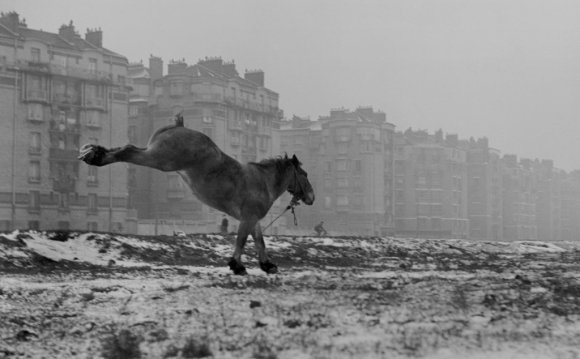
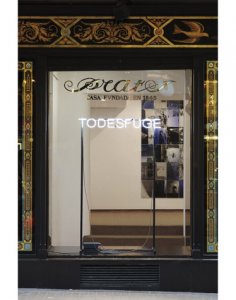
Images
Fernando Prats, Todesfuge
Todesfuge, 2013, Smoke, paper, fabric, glass, medication and steel, Variable proportions.
Subiréis como humo en el aire, 2013, Smoke on glass, 106 x 77 cm.
La Contrescarpe, 2013, Stell and smoke on cup, Video 00:46, 106 x 77 cm.
We were dead, and now we could breathe (Paul Celan), 2012, movie Blu-ray, 25´, ed. of 5 + 1 A.P.
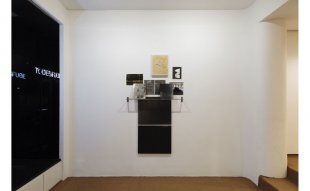 Todesfuge, 2013, Milk tank, generator energy and video clip, Blu-ray video, 02´56´´, 150 x 180 x 120 cm, Ø120 cm
Todesfuge, 2013, Milk tank, generator energy and video clip, Blu-ray video, 02´56´´, 150 x 180 x 120 cm, Ø120 cm
Auschwitz Birkenau II (1), 2013, Smoke on paper and photography, 252 x 178, 2 cm.
Auschwitz Birkenau II (2), 2013, Smoke, rain written down and photography, 210 x 148, 5 cm.
Todesfuge (2), 2013, Smoke, cup, milk, steel and oil on canvas, 195 x 260 cm.
Estábamos muertos y podíamos respirar, 2013, Smoke and real human locks on paper, Serie of 30 Papers. 29, 7 x 42 cm. each.
 Press Release
Press Release
TODESFUGE
FERNANDO PRATS
We proudly provide the convention of Fernando Prats Todesfuge, a project that features works in diverse platforms - including video clip, installation, photography, paper… - which make reference to the poem Todesfuge (Deathfugue) by Paul Celan.
Paul Celan composed this poem in 1945, shortly after his return from forced-labor camp. Posted some many years later, it had a good repercussion in Germany, in which Todesfuge was considered as "a moral lament of art against history". Inside set up, the poet intonates this funeral hymn as if it were certainly a musical fugue.
For Paul Celan, the job of art consisted in never ceasing to dialogue using obscure sources. It really is this own dialectic nature, between language and darkness, which attempts to prevail providing feeling into the work of Fernando Prats provided within convention. Their works, laden up with a historical history, tend to be produced from an energy set to the restriction, represented by smoke as unequivocal materiality. These are typically works that correlate confronted ideas such as annihilation and equilibrium, underlining in this way a contradiction that expresses an extreme grief.
Fernando Prats constructs this narration from the heavens of Auschwitz, from whatever took place during the night time of broken cup, the rain, the smoke plus the milk once the expression of maternal nourishment appearing when you look at the image regarding the "black milk of dawn" (Schwarze Milch der Frühe) with that your poem begins and which grounds the paradox within the matrix of creation.
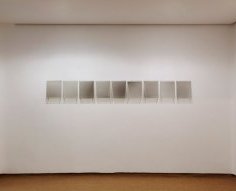

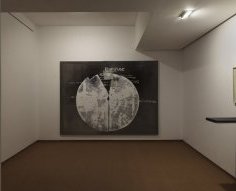
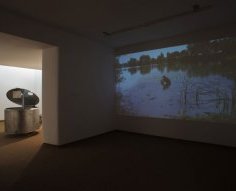

 Slime is a German punk rock band, founded in 1979 and disbanded in 1994. The pre-Slime band was called Screamer, and the post-Slime band is – contrary to the occasional rumors – not Emils (Slime backwards), but Rubberslime, with the member Elf. In 2010, the band...
Slime is a German punk rock band, founded in 1979 and disbanded in 1994. The pre-Slime band was called Screamer, and the post-Slime band is – contrary to the occasional rumors – not Emils (Slime backwards), but Rubberslime, with the member Elf. In 2010, the band...








